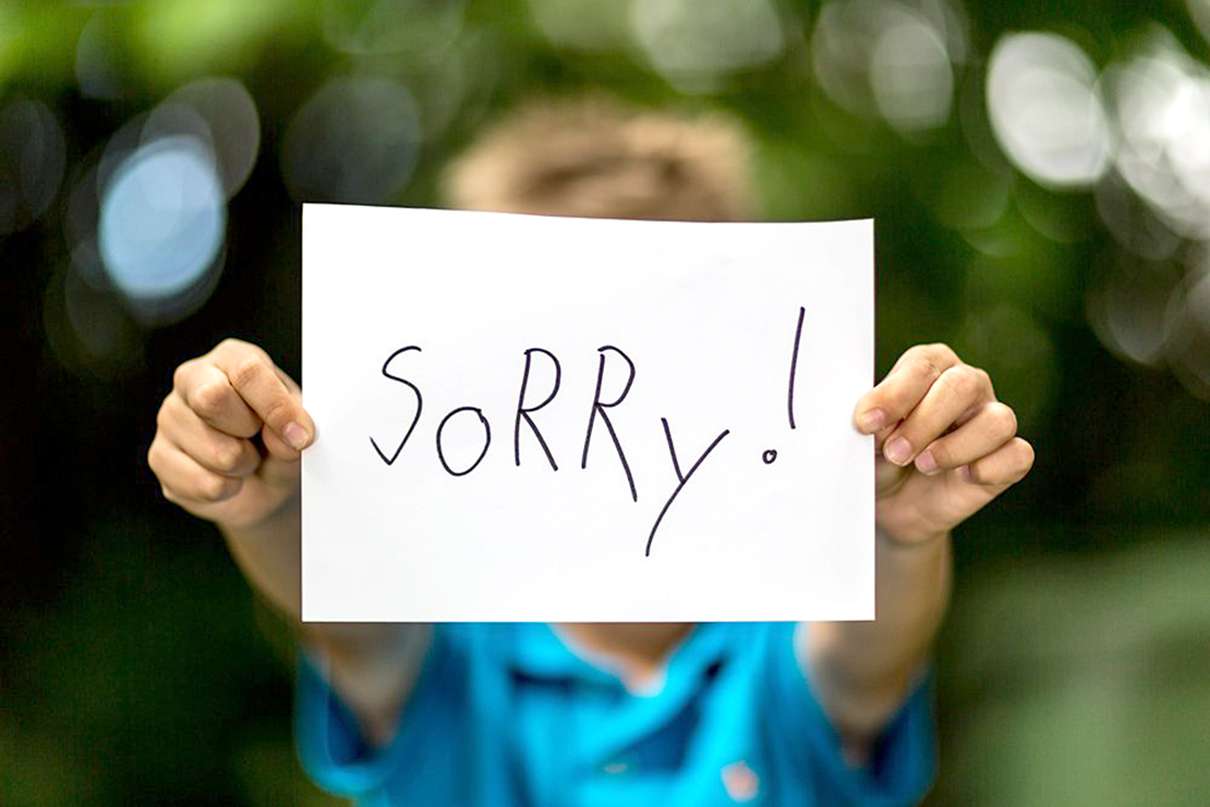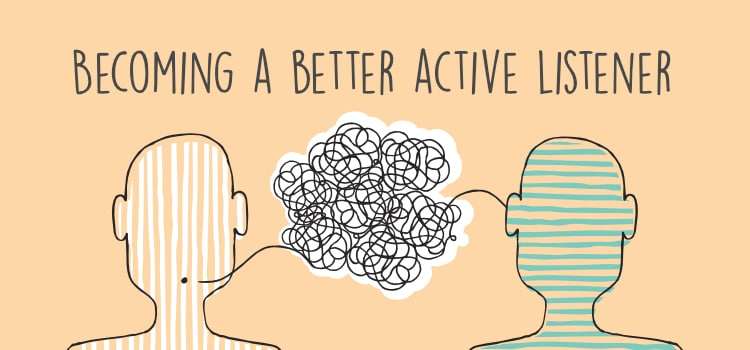How to Apologize Like a Pro
Apologies, an intricate dance of contrition and responsibility, have fascinated minds for generations. William Carlos Williams, in his timeless 1934 poem “This Is Just to Say,” masterfully conveyed the essence of apology through the simple act of confessing to eating plums meant for another. In the ever-evolving landscape of human interactions, mastering the art of apology has never been more crucial.
The Complex Neuroscience of Apologies
From a neurocognitive perspective, apologies engage a multifaceted process within our brains. The first step involves cognitive control, where you make a conscious decision to apologize despite the discomfort it may bring, invoking the lateral prefrontal cortex. Next is perspective-taking, the ability to empathize and understand how your actions affected the other person, activating the temporoparietal junction. Lastly, social valuation comes into play, assessing the overall impact of your apology on everyone involved, calling upon the ventromedial prefrontal cortex.
A genuine apology requires vulnerability and risk, traits often linked to successful, long-lasting relationships. Studies reveal that in such relationships, apologies flow more freely. However, for those averse to vulnerability, characterized by attachment avoidance, issuing apologies becomes an uphill battle. This avoidance can serve as a red flag in dating, highlighting emotional unavailability.
The Motivation Behind Apologies
While some apologies stem from genuine contrition, evolutionary psychologists suggest that many apologies are driven by the desire to preempt retaliation. For instance, consider the context of physicians apologizing to patients. Historically, doctors were advised against apologizing to avoid legal implications. Some states have since enacted laws limiting the use of apologies as evidence in court, leading to quicker settlements and reduced malpractice payouts.
Crafting the Perfect Apology
The effectiveness of an apology hinges on its composition. A partial apology, lacking acknowledgment of responsibility, is worse than none at all. Research demonstrates that when offered a full apology, which combines sympathy and responsibility, people are far more likely to accept it. The acknowledgment of responsibility is the cornerstone of a successful apology, followed by an offer of repair and an explanation of the incident.
To illustrate, think of the ineffective apologies you’ve encountered, often from repeat offenders. Such apologies typically feature expressions of regret or repentance but fall short in accepting responsibility. A prime example might be, “I’m so sorry for my actions. I’ll change this time, I promise!” This type of apology leaves much to be desired.

Apology: Less Costly, More Beneficial
Contrary to common belief, apologizing is less costly and more beneficial than we often assume. A 2014 study reveals that people tend to overestimate the negative consequences of admitting guilt, fearing they’ll appear weak or incompetent. In reality, embracing fault can earn admiration and trust from others. Those who refuse to acknowledge guilt or weakness are often poor romantic partners, unreliable business associates, or social-media trolls—an audience not worth courting.
Taking Full Responsibility
To offer a meaningful apology, it’s crucial to accept full responsibility. This stands in stark contrast to the prevalent public apologies we witness, which often evade responsibility by saying, “I’m sorry if your feelings were hurt.” Instead, genuine apologies should acknowledge the impact of our actions and express sincere regret for causing harm.
In professional contexts, leaders can use a technique known as “self-dissevering” admissions. Even if a crisis is not entirely of their making, leaders should assert accountability, stating, “I am the leader, so this error is my error, and I am accountable for fixing it.” Research indicates that this approach can inspire confidence in leadership and yield positive business outcomes.
Using Contrition for Self-Improvement
One obstacle to apologizing is the belief that individuals cannot change, rooted in “entity theory.” This belief prevents us from viewing difficult situations as opportunities for growth. In contrast, those who subscribe to “incremental theory” see apologies as a means of self-improvement. By acknowledging missteps and expressing contrition, they actively seek personal growth and resilience.
The Desired Outcome
After delivering an apology, the ultimate goal is to attain a clean slate and restore normalcy. Returning to William Carlos Williams, whose apology centered around stolen plums, we find a heartwarming example. Flossie’s response, while not explicitly mentioning the plums, can be inferred as acceptance. The art of apologizing, when practiced effectively, has the power to mend relationships and pave the way for a brighter future.
In conclusion, mastering the intricacies of apologies is an invaluable skill. It requires a deep understanding of human emotions, a willingness to accept responsibility, and the belief that personal growth is attainable through contrition. As you navigate the complex terrain of relationships and interactions, remember that a well-crafted apology can bridge divides and lead to more harmonious connections.
Do Follow Us On Twitter – https://twitter.com/Uniqverses708
We Have a Wide Range of Unique information For You On Uniqverses.com
Please like, comment & Share if you want us to keep bringing these amazing and unique information for you.









